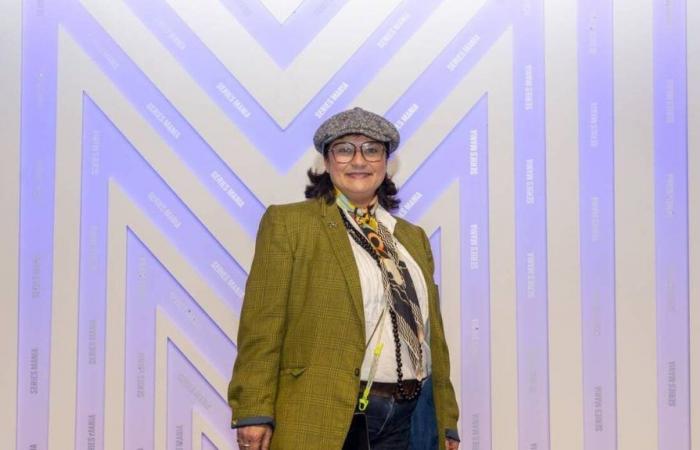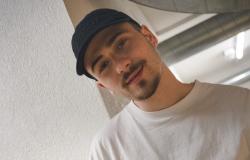If you saw The Charity Bazaar broadcast in 2019 on TF1, you could hardly forget the sequence of the fire, or Audrey Fleurot’s graphic dress, all in black and white. Behind these iconic details, hides a designer with an imagination as overflowing as her love of actresses: Valérie Adda. With her large square glasses and her infectious laugh, this costume designer with fairy fingers has worked on productions of great diversity, between the 17th century and contemporary narratives. During the Séries Mania festival in Lille last March, she told us her secrets for making the most beautiful costumes on screen.
How do you prepare costumes to match a particular era?
First, I start with a scenario, and I research the period, particularly the history of costume, to specify each piece of jewelry, accessory or even lingerie. I also learn about habits and customs or the political context by going to libraries or museums, which are sources of incredible details. For example, for The FightersI learned that prostitutes were registered and had numbers. They were considered a public good, and brothels were created on the edge of the fronts to comfort the soldiers. So this necessarily feeds into the costumes: thanks to them, we tell a story and we enter into real slices of life. We are not just there to show the mirror of an era. And the more details we know about a historical period, the more we can free ourselves from it too.
How do you choose textures and colors?
It comes with the character. When I start reading a script, I already have images that come to mind: it’s physical. I see the materials, I see if I want them to move, or to be stiffer, and I see the patterns, the lines, the colors and the atmospheres too. For example, in The Charity Bazaarwe have the character of Audrey Fleurot, a woman locked up everywhere in her life, with lines and squares on her outfits. Camille Lou, on the other hand, is a very fiery young bourgeois woman with flowers and bright colors. And then, for Julie de Bona, I wanted to highlight fluid materials with pastel colors, which represent movement, life, even though she had just brushed with death. I always look for the particularity of each character, their sensitivity.
What are the creative deadlines when you work on a series?
It depends on the scale of the project, but in general it can take between 18 and 28 weeks. First we have a model with drawings, research of fabrics. Then we launch the sewing workshop to make the costumes from a prototype, and at the same time we go hunting everywhere to find original period pieces. We thus gather a large stock, often by going to professional rental companies, private collectors, or even Emmaüs. What is important is to mix everything. And suddenly, life takes shape.
Read also: How was Lupin’s look modernized? The series’ costume designer reveals her secrets
Concretely, how can we bring costumes to life?
For me, what is essential is to age the garment, that is to say to have a patina. They must be grated, dyed and made to look old, since the characters do not come out of fashion boutiques. So there are lots of methods like putting full tin cans in the pockets and then wetting them to give an impression of life. We also crumple the sleeves, we use colour sprays, and even special film dust! And I love adding layers or accessories. Seeing an actor play with his ring or his watch changes everything. The detail, in the image, always enriches the characters. Above all, the spectators must not have the impression of seeing cardboard. The challenge is to make them forget the costume, since it is the story that is important above all.
Pour The Charity Bazaaryour costumes must have burned for the famous fire scene…
What was complicated was not to shoot the sequences in chronological order, since we started with the fire, before filming the arrivals outside. So I had to make each outfit in duplicate, which represented more than 400 pieces. I made series with 4 different tops, 4 skirts or even 4 jackets, with unique fabrics. We also had to take the fire into account, so everything had to be made from natural materials, which turn into ashes, and especially not synthetic materials, which can stick to the skin. For this scene alone, we collaborated with 40 dressers to dress 300 people in two hours. It was quite impressive.
We imagine that this work is also done in collaboration with the actors and actresses…
We work with all positions. First with the director, who gives me his vision, and to whom I bring my ideas, but also with the sets. Finally, at a given moment, all trades come together in this enormous cog that is image. With the actors, we work around the physique and character of their characters. I try to make them put on a skin different from theirs, so that they can enter another life. And when we finally see the costumes during filming, it’s truly magical: suddenly, we enter the dream.






